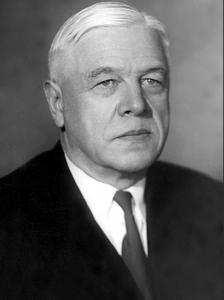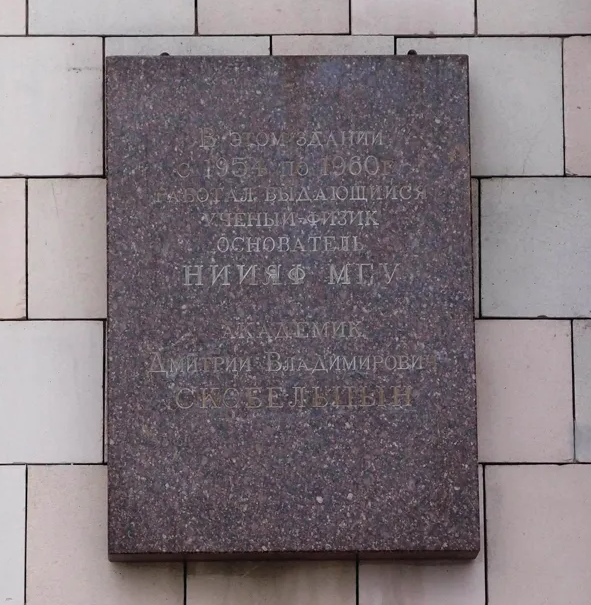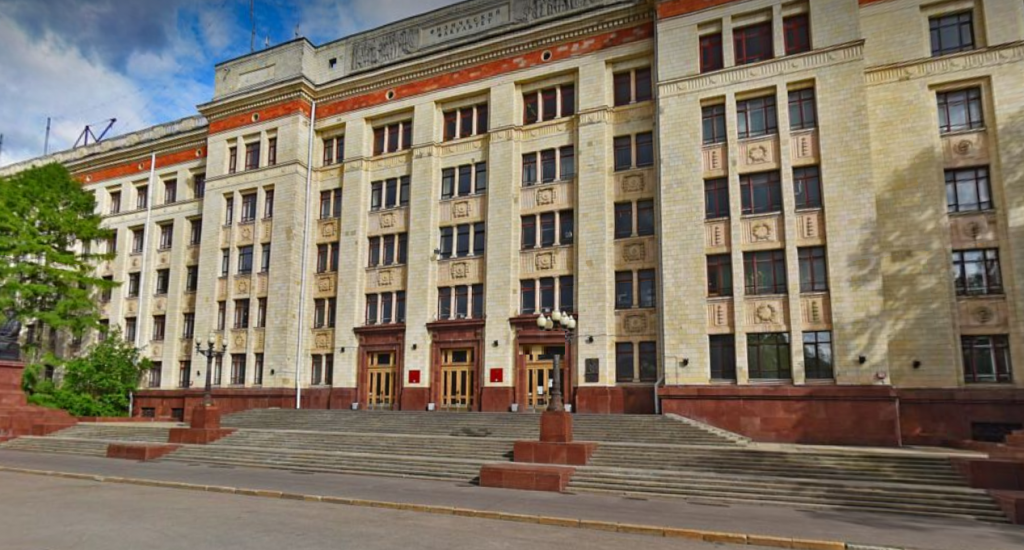Dmitry Vladimirovich
Skobeltsyn
1892-1990

Dmitry Vladimirovich Skobeltsyn was the Director of the Lebedev Physical Institute of the USSR Academy of Sciences, Academician of the USSR Academy of Sciences, the Hero of Socialist Labor. In 1925-1938 he worked at the Leningrad Institute of Physics and Technology. In 1929-1931 he was on a scientific trip to Paris (France), where he worked at Radium Institute and at the Pierre Curie Laboratory. Since 1938 D.V. Skobeltsyn worked at the Lebedev Physics Institute of the USSR Academy of Sciences: a consultant, the head of the Cosmic Rays Department, the head of the Atomic Nucleus Laboratory, in 1951-1972 – the director of the Institute. During the Great Patriotic War, he was evacuated with Physical Institute to Kazan. Without interrupting fundamental research, he did a lot for the needs of the defence industry. So, in his laboratory, devices unique for that time were created for monitoring the valves of aircraft engines using X-rays and a device for determining the thickness of the barrel of small arms using gamma rays. Simultaneously with his work at Physics Institute in 1946, he became the founder and the first director of the 2nd Research Institute of Physics of Moscow State University (later the Research Institute of Nuclear Physics of Moscow State University named after D.V. Skobeltsyn). In 1946-1948 he worked at the USSR mission to the United Nations as an expert on atomic energy. The main works of Academician D.V. Skobeltsyn were created in the field of atomic nucleus physics and cosmic ray physics. He was the first to use Wilson’s gas chamber placed in a magnetic field for quantitative research of the Compton effect and cosmic rays. In 1927-1929 he discovered charged particles of cosmic rays and established the appearance of their genetically related groups (showers), thereby laying the foundations of high-energy particle physics. Since 1945, he was engaged in the study of broad atmospheric showers of cosmic rays. Together with his students he opened the formation of electron-nuclear showers and the nuclear cascade process. He was the author of about 50 scientific papers. His work laid the experimental foundations of quantum electrodynamics and laid the foundation for high-energy physics.
Address: Moscow, Leninskie Gory microdistrict, 1, p. 2

